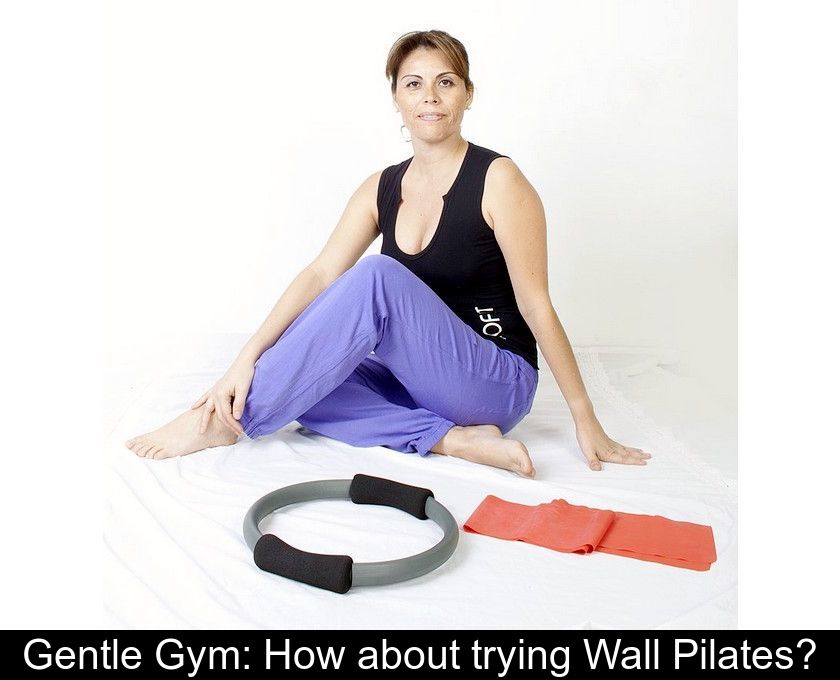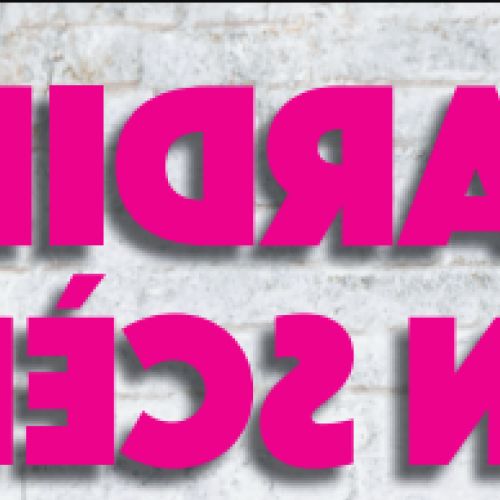Gentle Gym: How About Trying Wall Pilates?
Everyone knows about Pilates, a very popular discipline for improving flexibility and building muscle. But have you heard of Wall Pilates? This easier variant is practiced against a wall. We are going to explain why and how to try this gentle form of exercise.
What is Wall Pilates?
As its name suggests, Wall Pilates is a form of Pilates that is practiced against a wall. Just like the original discipline, this variation of Pilates originates from the United States.
This discipline follows the three basic rules of Pilates: shoulders down, pelvic floor engaged, navel drawn in. The only difference is that a wall is used as support, to facilitate performing exercises at home or in another setting.
As with traditional Pilates, the quality of the movements is emphasized, which should be performed with precision, rather than their quantity. Breathing is synchronized with the movements as in yoga, and it is preferable to breathe with the belly.
What do Wall Pilates exercises consist of?
Wall Pilates, or pilates against a wall, incorporates exercises usually performed on a reformer, a piece of equipment found in studios, pronounced "reformer."
However, this variation does not require any equipment. Simply using the resistance of a wall can help tone muscles (especially the deep muscles) and improve flexibility.
3- Why use a wall in Pilates?
Wall Pilates is aptly named as the wall plays a crucial role in performing the exercises.
Using a wall provides support and resistance when carrying out movements. In this way, muscles are put under more tension and the exercises become more effective.
For beginners, the wall also serves as a safety and a reference point. It helps guide the exercises, which should be performed slowly and with control.
4- What are the benefits of Wall Pilates?
Wall Pilates offers multiple benefits. It requires minimal equipment: a flat surface, a mat, and a wall are sufficient to perform the exercises safely. It can be practiced barefoot or with socks (preferably non-slip to avoid sliding).
Exercises against a wall can be easily practiced at home by following online classes or Youtube videos, for example. This discipline has also gained significant popularity on TikTok where the keywords Wall and Pilates have amassed over 3 billion views!
When using a wall as support, stretching exercises are easier to perform. This variant of classic Pilates is therefore suitable for people looking for a gentle form of exercise to get back into fitness after a period of convalescence or a break from physical activity. This form of gentle gymnastics can be practiced at any age, with your doctor's approval.
What are the benefits of Wall Pilates?
Although this variant is less demanding than classic Pilates, Wall Pilates requires concentration and offers several benefits.
Wall Pilates notably allows:
• to get started with Pilates without the risk of falling, using the wall for support
• to stretch the spine and work on alignment and self-lengthening.
• to improve spinal mobility and thus relieve back pain.
• to work the abdominal and gluteal muscles.
• to strengthen the pelvic floor without exerting pressure on it. The pelvic floor is an essential but delicate muscle that should be exercised gently.
• to engage the deep muscles, which has a visible impact on the figure.
• to learn how to practice abdominal breathing, which promotes relaxation.











